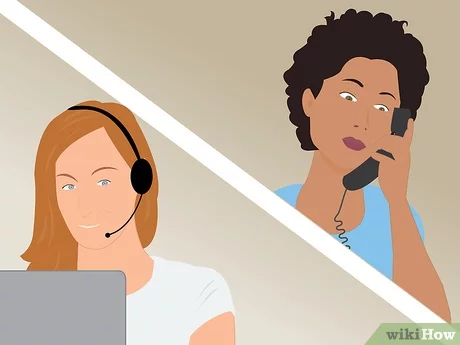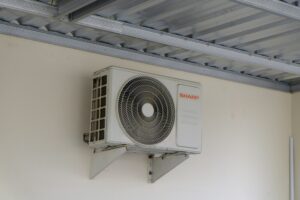Taming the Tangled Wires: A Comprehensive Guide to Diagnosing Landline Phone Problems

The humble landline, once the ubiquitous lifeline of communication, now stands amidst a sea of digital alternatives. Yet, for many, it remains a vital link to the outside world, a comforting constant in an ever-changing landscape. But when the trusty landline sputters and stutters, frustration can quickly bubble over. Fear not, fellow phone warriors! This comprehensive guide equips you with the knowledge and tools to diagnose and conquer those pesky landline problems.
First Line of Defense: Assess the Symptoms
Before diving headfirst into the wiring abyss, take a moment to understand the nature of the beast. Is it a complete silence, a crackling chorus, or a garbled symphony of static? Each symptom points to a potential culprit, guiding your sleuthing journey.
- No Dial Tone: The silence is deafening. This could be a network outage, faulty wiring, or a malfunctioning phone jack. Check with your service provider first, then embark on a physical inspection of your home’s nervous system (the wires!).
- Static and Crackling: This cacophony can be caused by loose connections, damaged cords, or interference from nearby electronics. Wiggle those plugs, swap out the cords, and power down the potential noisemakers.
- One-Sided Conversations: Can you hear them, but they can’t hear you? This could be a faulty handset, a problem with the line itself, or even an issue with the called party’s equipment. Swap handsets, test different jacks, and if all else fails, enlist the help of your service provider.
Tools of the Trade: Your Diagnostic Arsenal
Armed with the right tools, you’ll be a veritable phone whisperer, deciphering the language of clicks and buzzes. Here’s your troubleshooting kit:
- Screwdriver: Opens the gateway to the network interface device (NID), the hidden box where your phone line meets the outside world.
- Multimeter: Measures voltage and continuity, helping you identify electrical gremlins in the wiring.
- Spare phone and cords: Test different components to isolate the source of the problem.
- Patience and a methodical mind: A clear head and a step-by-step approach are key to navigating the tangled web of wires.
Operation Fix-It: A Step-by-Step Guide
Now, let’s get down to business! Here’s how to tackle those common landline woes:
No Dial Tone:
- Check for outages: Contact your service provider to confirm there’s no network issue in your area.
- Inspect the NID: Open the box (carefully!) and ensure all connections are secure and no wires are damaged.
- Test the wiring: Disconnect all phone equipment and plug a working phone directly into the test jack inside the NID. If you get a dial tone, the problem lies within your home’s wiring. If not, contact your service provider for further assistance.
- Trace the line: Systematically test phone jacks throughout your house, replacing faulty jacks or cords as needed.
Static and Crackling:
- Tighten connections: Ensure all plugs are firmly seated in jacks and phone equipment.
- Replace cords: Damaged or frayed cords can cause interference. Swap them out for fresh ones.
- Move electronics: Power down and relocate potential noisemakers like radios, cordless phones, or Wi-Fi routers.
- Check for moisture: Dampness can damage wiring. Look for leaks or condensation near phone jacks and the NID.
One-Sided Conversations:
- Swap handsets: A faulty handset could be the culprit. Try a different one on the same jack.
- Test different jacks: Plug your phone into various jacks throughout the house to isolate the problem.
- Contact your service provider: If the issue persists on all jacks, the problem might lie beyond your home wiring. Seek professional help.
Remember, safety first! When working with electrical equipment, exercise caution and unplug everything before opening the NID. If you’re unsure about any step, don’t hesitate to contact your service provider or a qualified electrician.
Beyond the Basics: Advanced Troubleshooting
For the truly intrepid phone sleuths, here are some additional tips:
- DSL filters: If you have DSL internet, ensure proper filters are installed on all phone jacks to prevent interference.
- Extension cords: Avoid using long extension cords for your phone, as they can weaken the signal.
- Surge protectors: Protect your phone equipment from electrical surges with a surge protector.
- Keep records: Note the symptoms, troubleshooting steps taken, and any resolutions you find. This can be helpful for future reference or when contacting your service




